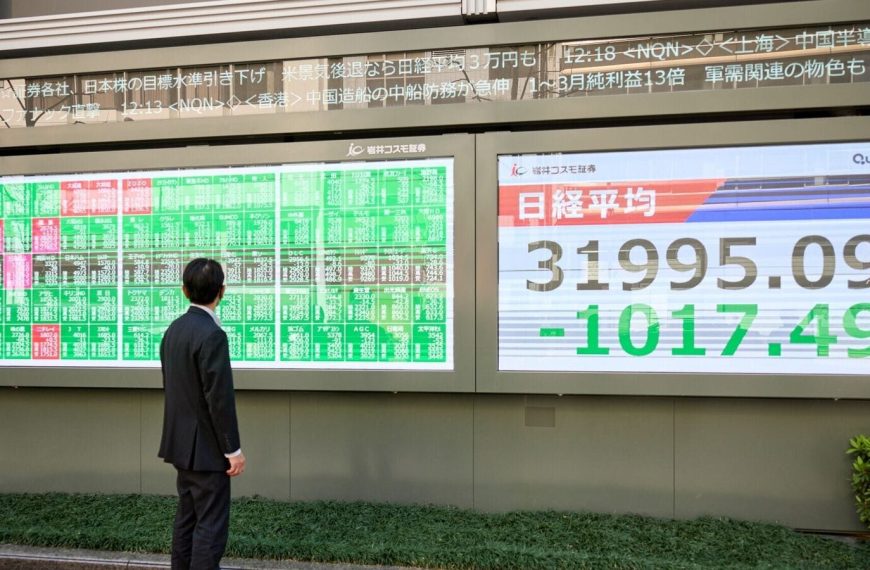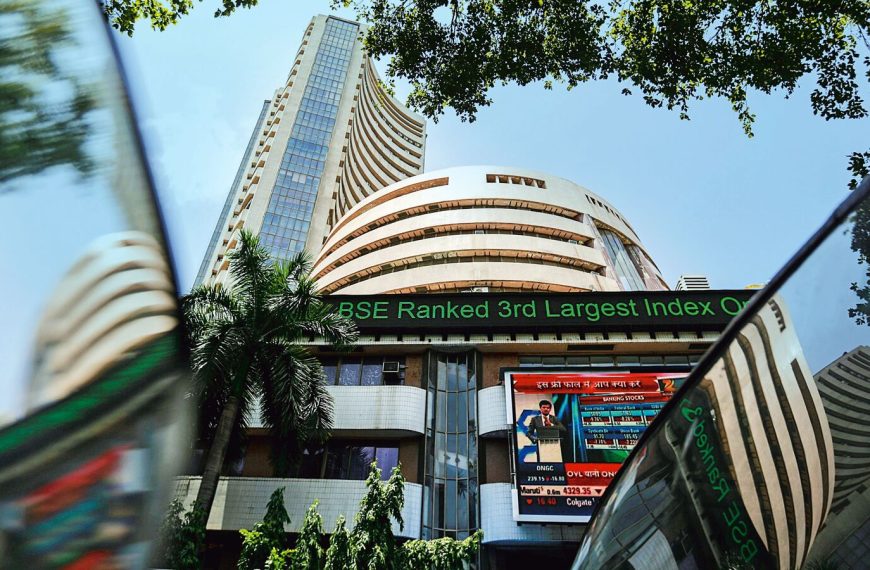U.S. stocks faced a significant downturn on Wednesday, primarily influenced by the declines in shares of Nvidia and Tesla. Investors braced for an impending announcement from President Donald Trump regarding new tariffs on automotive imports, a move that could escalate the ongoing global trade tensions.
Anticipation of Car Tariffs
President Trump was expected to unveil details about a set of tariffs targeting the automotive sector during a press conference. This announcement, which has been anticipated for weeks, is likely to have wide-reaching implications for the auto industry, potentially increasing vehicle prices and disrupting production lines. Experts in the automotive field are concerned that this could exacerbate the trade war initiated earlier this year.
- Tesla shares plummeted by 5.6%.
- General Motors saw a decline of 3.1%.
Investor uncertainty regarding the extent of these tariffs and the potential retaliatory actions from international trading partners contributed to market jitters.
“Uncertainty surrounding tariffs, especially in the automotive sector, creates a challenging environment for investors. Autos are particularly sensitive to these kinds of policy changes,” explained Jamie Cox, managing partner at Harris Financial Group.
Tech Stocks Take a Hit
In addition to the automotive sector’s struggles, major tech players also faced losses. Nvidia‘s stock dropped nearly 6%, while Broadcom fell by approximately 5%, leading to a 3.3% decrease in the PHLX chip index.
The overall market performance reflected this turmoil:
- The S&P 500 closed down 1.12%, settling at 5,712.20 points.
- The Nasdaq experienced a sharper decline of 2.04%, ending at 17,899.02 points.
- The Dow Jones Industrial Average fell by 0.31% to 42,454.79 points.
Out of the 11 sectors within the S&P 500, six faced losses, with technology leading the decline at 2.46%, closely followed by a 2.04% drop in communication services.
Business Sentiment Wavers
Recent surveys indicated a dip in optimism among business leaders during the first quarter of the year. Many companies, wary of the impending price increases due to tariffs, have begun stockpiling their inventories. Interestingly, data revealed an unexpected rise in orders for durable manufactured goods in the U.S. last month.
In a notable adjustment, Barclays lowered its S&P 500 forecast from 6,600 to 5,900 points. Year-to-date, the S&P 500 has decreased by 3%, with the Nasdaq down over 7%.
Key Economic Indicators Ahead
As investors look ahead, the focus will shift to the personal consumption expenditures price index, which is scheduled for release later this week. This index is closely monitored by the Federal Reserve as a key inflation metric.
Neel Kashkari, the President of the Minneapolis Fed, expressed uncertainty about the impact of Trump’s tariffs, suggesting they could lead to higher prices and advocating for potential interest rate hikes.
Notable Market Movers
In contrast to the overall market decline, Dollar Tree saw a 3.1% increase after announcing it was nearing a $1 billion sale of its Family Dollar segment to a group of private equity investors.
GameStop also made headlines, with a nearly 12% surge following its board’s decision to incorporate bitcoin as part of its treasury reserves.
Despite the overall market’s struggle, advancing stocks outnumbered those that fell within the S&P 500 at a ratio of 1.1-to-one. The S&P 500 recorded 16 new highs and 6 new lows, while the Nasdaq saw 33 new highs and 197 new lows.
Trading volume on U.S. exchanges was relatively subdued, with 15.5 billion shares exchanged, compared to an average of 16.2 billion over the previous 20 sessions.











